The MECH anthology was a huge success on Kickstarter, and the funding was acheived to not only publish the book, but also to include that gorgeous art from Frankie B. Washington pictured below. I’m pretty sure the release will be around Jan 2017. Look for it then, and I’ll be promoting it when it’s out.
___________________
I came to a love of Mechs and Giant Robots in an unusual way. There were two parts to it. The first was in the late 1970s as a child, when I got one of the two-foot tall Shogun Warriors toys. You might know him as Great Mazinger, but in the toy line, this plastic behemoth was simply ‘Mazinga.’ And he was glorious. Spring loaded rockets in his fist (more on this in a bit), a wobbly plastic sword in one hand, spare rockets clipped onto his shoulders, and—because it was the spectacular 70s, and probably also because Disco was murdering our earholes—Mazinga had roller skates built into his feet. That’s right. Roller skates. Simply put, it was the coolest and most alien toy I had ever seen. And this was 1979 in New York, well after the initial onslaught of Star Wars toys. Star Wars was literally alien, but I had at least been familiar with the film (which I saw at a drive-in at the age of six). When it came to Mazinga, Raydeen, and Dragun—the first few Shogun Warriors—I had no context, and no understanding of Japan or the Japanese culture that had spawned them. I did recognize the fourth Shogun Warrior release at that size, though: Godzilla films had been on TV Saturday afternoons my whole life.
Something else was going down in the late 70s, and the story is tragic. Little four-year old Jeffrey Warren put the nose of his Battlestar Galactica Viper toy in his mouth and launched one of its spring loaded missiles into his larynx. He eventually died, and Mattel, keepers of the Battlestar license, scrambled to recall all rocket-firing toys (while being sued by the parents). Although it’s terrible that a child lost his life, I never then saw it—nor do I now—as a fault of the toy manufacturer. Millions of us had the same toys and didn’t shoot them into our brains. However, Age 4 might have been too young for that particular toy. (The box said for Ages 3 and over.) All I knew as a kid was I had seen the rocket-firing Vipers and Cylon Raiders, and I had received the toys that came after the recall instead. These toys had spring-loaded missiles that simply popped out an inch and came to a full stop, locked in their housings. These were the so called Action Missiles, and even as an eight-year old kid, my reaction was “What the…? This is ridiculous!” It meant no more actual firing rockets for kids, and it meant the Boba Fett action figure from Kenner had a fixed rocket (although Kenner will probably tell you they chose not to do it after internal testing that was unrelated to the Warren Incident). The Action Missile lived on in many people’s memories as an injustice of their toy-playing childhoods.
A year or two later, I was embarking on an adventure, travelling and living abroad with my mother and stepfather, first living in Pakistan, then Nigeria, and eventually South Korea. It had been years since I had even thought about ol’ Mazinga, or his firing rockets. In 1983, I was discovering music, and still reveling in Star Wars, as Return of the Jedi was coming out. And after two and a half years in the Pakistan and Nigeria of the early 80s, which were entirely devoid of American pop culture, I was dying to watch some cartoons. And in Seoul in 1983, the US Army’s Armed Forces Korean Network was broadcasting a wide variety of US programming. Thanks US Army, for hooking me on General Hospital, you bastards. But also on their network were English language versions of what Americans know as UFO Robot Grendizer (which was simply called Grandizer on AFKN, if I recall). And there was Star Blazers. And I was hooked.
Fast forward to 2013, and Ragnarok Publications invited me to contribute a story to an anthology of Kaiju tales, Kaiju Rising: Age of Monsters. I was thrilled, and I asked editor Nick Sharps the same question he probably got from everyone else involved. “Heck yeah, but are you going to do a companion volume on Giant Robots?” To my delight, he said, “Of course.” I begged to be involved in that as well.
Then came the big challenge. What would my story in MECH: Age of Steel be about? What kind of robot would I write about? It came to me in a blast: my robot would be a mashup of my influences. The vehicle would encompass my love of the Shogun Warriors, Grendizer, and Star Blazers. The story would be set against a morass of ennui and never-ending battle, and most importantly, I had to make a statement about the epic stupidity of the Action Missile. I also set myself one other task for the story—its title would have to violate all boundaries of sanity and have not just one, but two exclamation points in it. “Here We Go! Fight!” was the result.
And I was worried about it. Worried that Nick wouldn’t like it. But he got back to me telling me that he loved the story and that he laughed his ass off at the single moment in the tale, where he was meant to. Then Frankie B. Washington, whose enthusiasm never seems to wane, went bananas on an illustration for my story, crafting a genius vision of King Raidizer, the half-super robot, half-flying space battleship, locked in perpetual combat with a threat from another dimension.
But what is it about these Giant Robots and Mechs that so capture our imaginations? For me, thinking about Kaiju, for Ragnarok’s immensely successful Kaiju Rising anthology, I realized that people enjoy Kaiju on a deep, subconscious level. It’s because we can all relate to that childhood impulse to build a city out of blocks and then rampage through it at our toddler size. Compared to the wooden block and LEGO cities of our childhoods, we were the Kaiju, the giant mutated monsters nearly oblivious to the world underfoot, as we crashed ahead on our way. But as we aged, just a little, into the pre-teen years, we want to become the hero, and we still have those memories of trampling Tokyo or San Francisco, wooden bridges flying and creaky towers toppling. As we broaden our imaginations as pre-teens, we know that lumbering monster is out there somewhere, and with more abstract thinking, we can envision ourselves as the pilot of a shining mechanical wonder, armed to the gills and powered by nuclear role playing. And we know we can finally set things right. Even if we have to launch our rocket-powered fists or flip deadly spring-powered axes from our forearms. There will be a reckoning.
MECH: Age of Steel is available through Ragnarok Publications’ Kickstarter project here. It features short stories from a slew of fantastic authors and amazing art like the piece above for my story, from Frankie B. Washington. Go get some.
- “Travailiant” by Kevin J. Anderson & David Boop
- “Easy as Pie” by Jody Lynn Nye
- Untitled by Peter Clines (Kaiju Rising: Age of Monsters tie-in)
- “Ordo Talos” by Graham McNeill
- “Rogue 57” by Jeremy Robinson
- “Toy Soldier” by James Swallow
- “Birthright” by Martha Wells
- “A Single Feather” by Jeffrey J. Mariotte & Marsheila Rockwell
- “Jäegermeister” by Gini Koch (as J.C. Koch)
- “All for One” by Mark Teppo
- “I Am the Pilot” by Ramez Naam & Jason M. Hough
- “All Together Now” by Ramez Naam & Jason M. Hough
- “The Bonus Situation” by Jeff Somers
- “Fadem” by Anton Strout
- “The Tempered Steel of Antiquity Grey” by Shawn Speakman
- “Mecha Mishipeshu vs Theseus IV” by C.L. Werner (Kaiju Rising: Age of Monsters tie-in)
- “After the Victory” by M.L. Brennan
- “The Cold and the Dark” by James R. Tuck
- “Vulture Patrol” by Jennifer Brozek
- “Here We Go! Fight!” by Kane Gilmour
- “The Stars Shine Home” by Mallory Reaves
- “Battlefield Recovery” by Andrew Liptak
- “Integration” by Steve Diamond
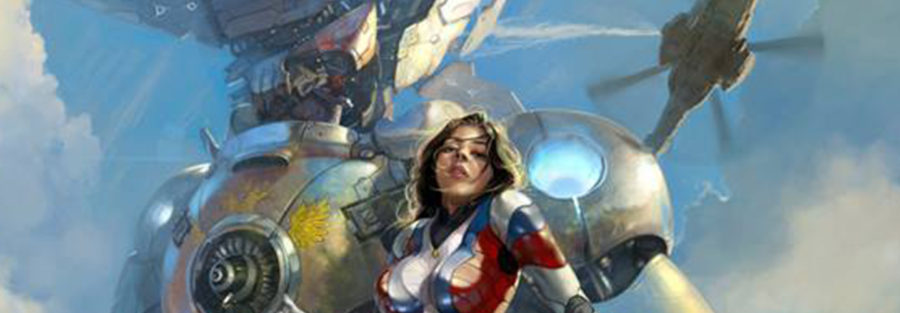

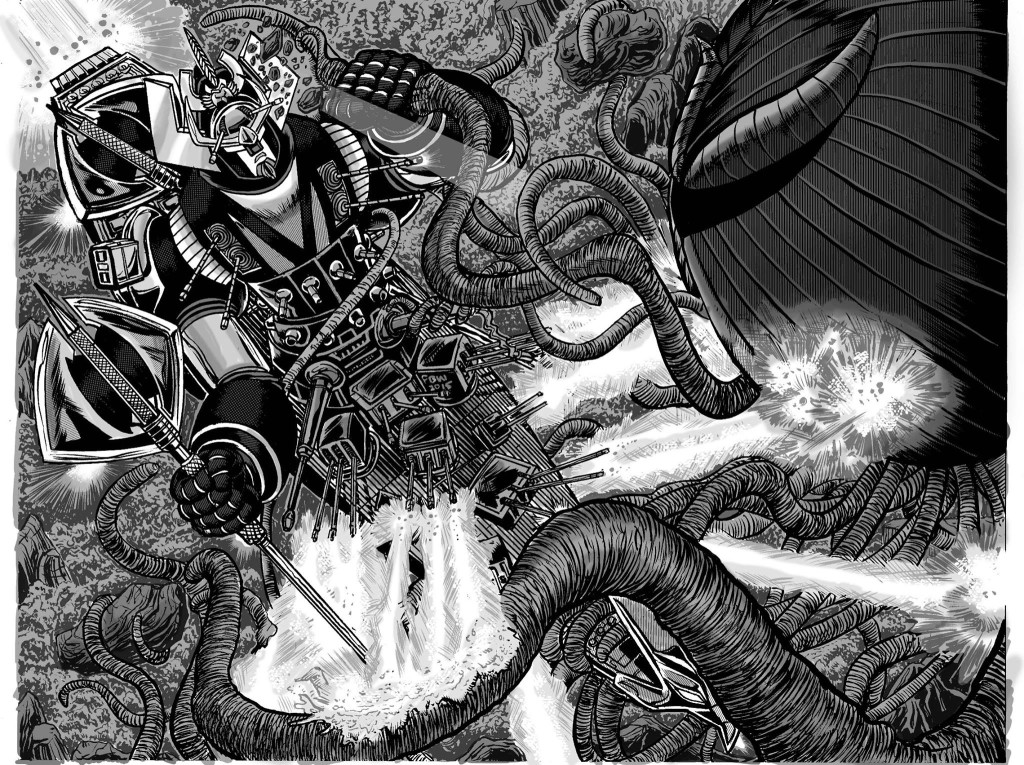
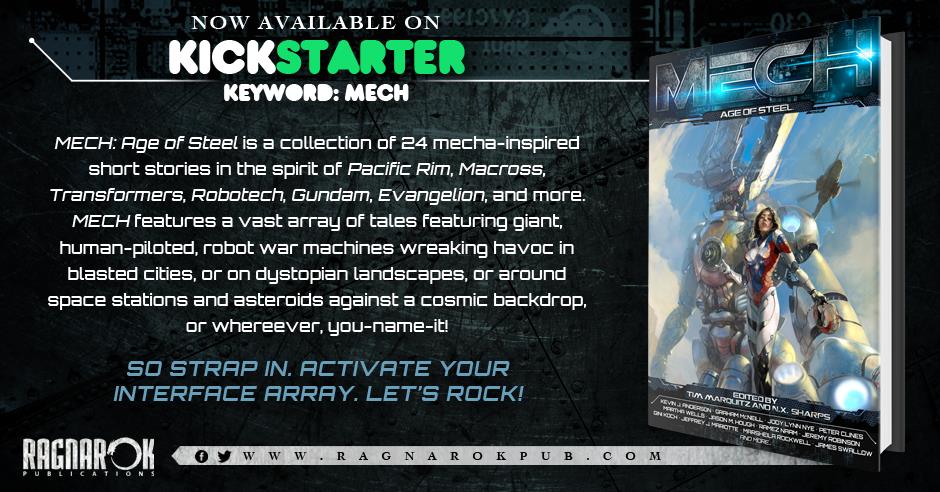

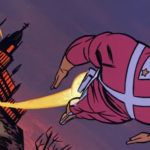
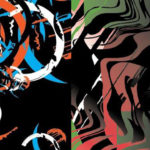


Leave a Reply